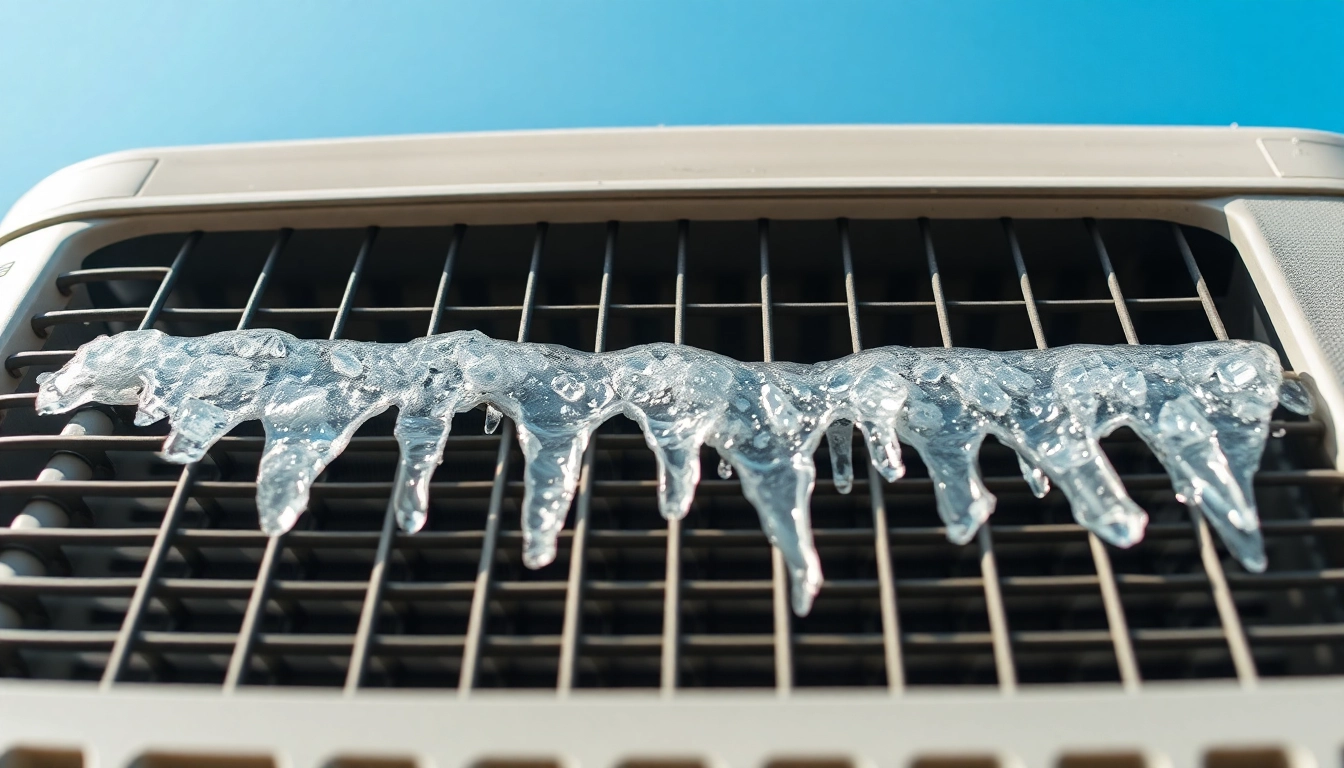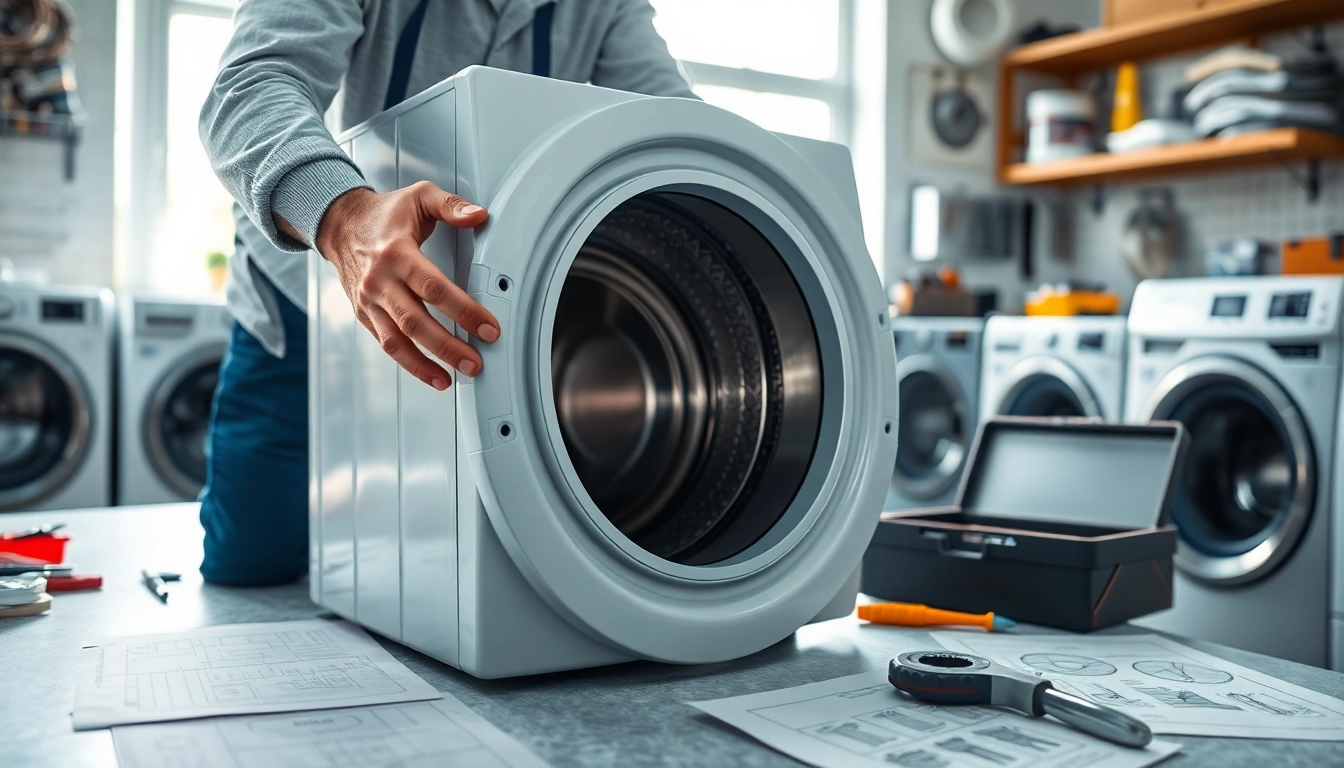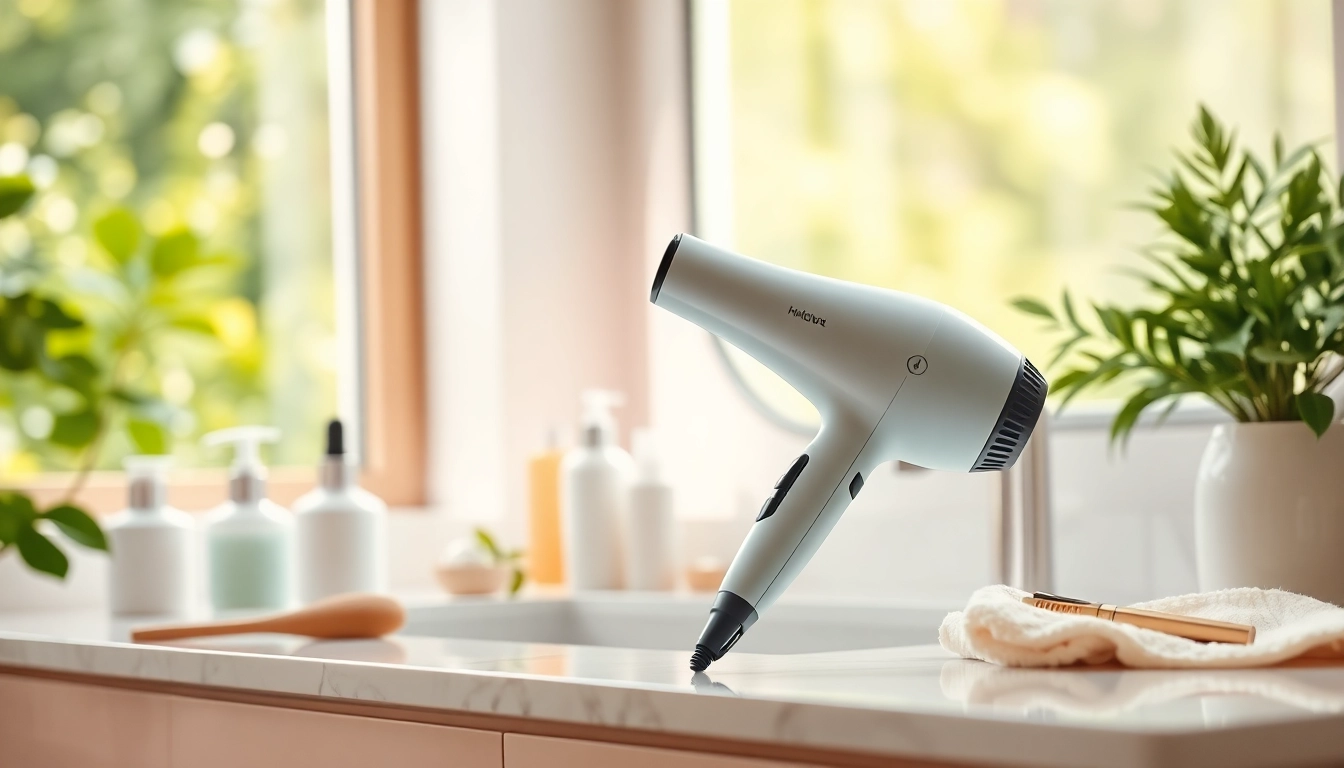Understanding the Problem: Why Central Air Conditioner Is Not Blowing Cold
As summer approaches and temperatures rise, a functioning central air conditioner becomes essential for home comfort. However, many homeowners find themselves in a frustrating scenario where their central air conditioner is not blowing cold air. Understanding the potential causes behind this problem is crucial to remedying it quickly and effectively.
Common Symptoms of Poor Performance
The first step in addressing your air conditioning issues is recognizing the symptoms that indicate it’s not performing as it should. The most noticeable sign is that the air blowing from the vents feels warm instead of cool. Other indirect symptoms can include:
- Increased humidity levels in your home
- Ice buildup on the coils or refrigerant lines
- Strange noises from the unit, such as hissing or banging
- An increase in energy bills without corresponding usage changes
Correlation Between Temperature and Efficiency
It’s important to note that air conditioners can struggle to cool your home effectively if outside temperatures soar. Typically, air conditioners work best when the temperature difference between inside and outside is about 20°F. If temperatures exceed this range, your system may run continuously without achieving the desired cooling effect, often leading to compressor stress and abnormalities over time.
Identifying System Malfunctions
Understanding how your central air conditioning system works can help you pinpoint potential malfunctions. Your system consists of several key components, including the thermostat, indoor and outdoor units, and the ductwork. Issues can arise in any of these areas, affecting cooling performance. For instance, a faulty thermostat can misread room temperatures and not signal the unit to cool adequately, while issues with the compressor or condenser coils can significantly limit performance.
Top Reasons Your Central Air Conditioner Is Not Blowing Cold Air
Low Refrigerant Levels and Leaks
One of the most common reasons for a central air conditioner not blowing cold air is low refrigerant levels, often caused by leaks in the system. Refrigerant is essential for absorbing heat from the indoor air; if the levels drop, the system cannot cool effectively. To check for leaks, look for signs of refrigerant oil, such as greasy spots around the unit. Additionally, if you notice ice forming on the evaporator coils, your system may be undercharged. It’s typically advised to have a professional handle refrigerant issues, as proper handling is necessary in accordance with EPA regulations.
Thermostat Settings and Malfunctions
Often overlooked, the thermostat is the brain of your HVAC system. If it’s not set correctly or if it malfunctions, your unit may not run efficiently. Check that the thermostat is set to “cool” and that the temperature is lower than the current room temperature. A defective thermostat may require replacement. Some modern thermostats may need recalibrating or updates; those with smart technology require connections to home Wi-Fi and can sometimes encounter connectivity issues.
Dirty Filters Affecting Airflow
A dirty or clogged air filter can significantly impede airflow and reduce the efficiency of your air conditioning system. When airflow is restricted, the system can struggle to cool your home effectively, resulting in warmer air being blown through the vents. It’s advisable to check your filter monthly, especially during high usage months, and replace it every 1-3 months, depending on the type of filter and the level of usage.
Diagnosing Your Central AC Issues
How to Assess Your Unit’s Performance
To diagnose the performance of your AC unit, start by observing its operation. Check if the fan is blowing air, regardless of temperature. Then, listen for unusual noises and note any irregular smells, which could indicate electrical issues or overheating. Moreover, monitor your thermostat settings and ensure they are as expected. If everything appears functional but the air is still warm, further investigation is necessary.
When to Check for Refrigerant Leaks
Check for refrigerant leaks if there are signs of low cooling performance or ice formation around the indoor unit. In this case, you might notice a hissing sound near the unit, indicating the escape of refrigerant gas. Mark any visible oil spots near the connections, as they signify potential leaks. While some homeowners might look to recharge the refrigerant themselves, it’s essential to seek assistance from a qualified HVAC technician to maintain efficiency and safety.
Identifying Electrical Problems
Electrical problems can be another culprit in AC performance issues. Inspect circuit breakers to ensure that the air conditioning system is receiving power. Issues can arise with connections, capacitors, contactors, or wiring. Sometimes, the problem could be a blown fuse or tripped breaker within your electrical panel. If you’re not comfortable inspecting these elements, it’s best to call a professional to assess and resolve any electrical issues safely.
Quick Fixes: What You Can Do at Home
Resetting Your Air Conditioner
Sometimes a simple reset can solve performance issues. To reset your air conditioner, turn the thermostat off, switch off the circuit breaker, wait for about 5 minutes, and then turn everything back on. This can help reset the system and often resolves minor issues resulting from glitches.
Cleaning or Replacing the Air Filter
Cleaning or replacing the air filter can dramatically improve airflow and cooling efficiency. A dirty filter will not only restrict airflow but can lead to further complications such as reduced efficiency and ice formation on the evaporator coils. Aim to check your filters monthly and replace them as necessary to ensure optimal performance.
Optimizing Thermostat Settings
Ensure that your thermostat is correctly set and functioning. A good starting point is setting the thermostat to 75°F when you’re home and a few degrees higher when you’re away. If you have a programmable or smart thermostat, set a schedule to optimize cooling while conserving energy during peak hours.
When to Call a Professional for Your AC Troubles
Signs of Severe System Issues
If you’ve attempted basic troubleshooting and your air conditioner still isn’t blowing cold air, it’s time to call a professional. Signs that a professional inspection is necessary include fluctuating temperatures, persistent strange noises, frequent system cycling, or if any visible damage to your unit is apparent. An experienced technician can diagnose deeper issues more effectively than attempted DIY solutions.
Understanding the Potential Costs of Repairs
Understanding potential repair costs is crucial for planning your budget. Minor fixes like replacing a filter or resetting the unit may range from $50 to $150, while complex issues such as refrigerant refills can cost anywhere from $200 to $600, depending on the size and type of your HVAC system. Major repairs, such as compressor or condenser replacements, can cost over $1,000. Regular maintenance can minimize these costs by preventing severe issues from developing.
Preventive Maintenance for Longevity
Routine maintenance is key to prolonging the life of your central air conditioning system. It’s typically recommended to have a professional HVAC technician perform an annual inspection and tune-up before the summer season begins. Tasks include cleaning the coils, checking refrigerant levels, inspecting electrical components, and ensuring optimal thermostat functionality. Taking these preventative measures helps mitigate unexpected breakdowns and costs, ensuring your system performs efficiently when you need it most.



